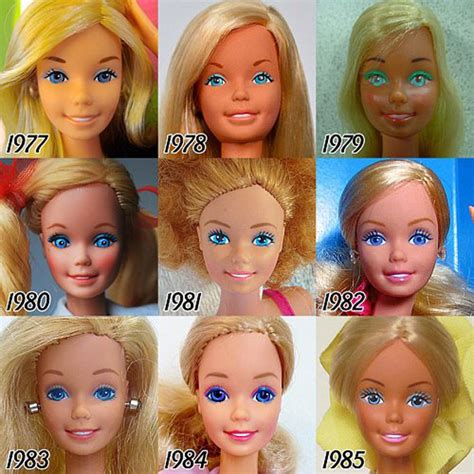Barbie, the iconic fashion doll created by Mattel, has been a staple in toyboxes for generations. Over the years, Barbie has undergone numerous makeovers, including changes to her hair. In 1967, the first black Barbie was introduced with long, flowing hair that was styled in a variety of ways. Since then, black Barbie’s hair has evolved to reflect the changing trends in hairstyles and fashion.

The Early Years: 1967-1980
The first black Barbie doll had long, silky hair with a center part. The hair was styled in a variety of ways, including ponytails, braids, and buns. In 1971, Mattel introduced the first black Barbie with an Afro. This hairstyle was a popular choice for African-American women at the time, and it helped to make Barbie more relatable to black girls.
The 1980s: A Decade of Change
The 1980s was a time of great change for Barbie’s hair. In 1981, Mattel introduced the first black Barbie with short hair. This hairstyle was a reflection of the growing popularity of short haircuts for women. In 1984, Mattel introduced the first black Barbie with curly hair. This hairstyle was another popular choice for African-American women, and it helped to make Barbie more inclusive.
The 1990s: A Time of Experimentation
The 1990s was a time of experimentation for Barbie’s hair. Mattel introduced a variety of new hairstyles, including dreadlocks, cornrows, and twists. These hairstyles were a reflection of the growing diversity of African-American culture. In 1997, Mattel introduced the first black Barbie with a natural hairstyle. This hairstyle was a departure from the traditional Barbie look, and it helped to make Barbie more realistic.
The 2000s: A Return to Classics
The 2000s saw a return to classic Barbie hairstyles. Mattel introduced a number of new black Barbie dolls with long, flowing hair. These hairstyles were a nod to the early days of Barbie, and they helped to make Barbie more timeless. In 2009, Mattel introduced the first black Barbie with a pixie cut. This hairstyle was a modern take on the classic Barbie look, and it helped to make Barbie more edgy.
The 2010s: A Decade of Innovation
The 2010s was a decade of innovation for Barbie’s hair. Mattel introduced a number of new hairstyles, including ombre, balayage, and highlights. These hairstyles were a reflection of the growing popularity of these techniques in the real world. In 2016, Mattel introduced the first black Barbie with a natural afro. This hairstyle was a groundbreaking moment for Barbie, and it helped to make the doll more inclusive.
The Future of Black Barbie Hair
The future of black Barbie hair is bright. Mattel is constantly innovating new hairstyles to reflect the changing trends in fashion. As black women continue to embrace their natural hair, it is likely that Barbie will follow suit. In the years to come, we can expect to see even more diversity in black Barbie’s hair.
Conclusion
Barbie’s hair has evolved over the years to reflect the changing trends in fashion and culture. Black Barbie’s hair has been a particularly important part of her evolution, as it has helped to make the doll more relatable to black girls. Today, black Barbie dolls come with a variety of hairstyles, from classic to modern. This diversity reflects the growing diversity of African-American culture. As Barbie continues to evolve, we can expect to see even more innovation in her hair.
